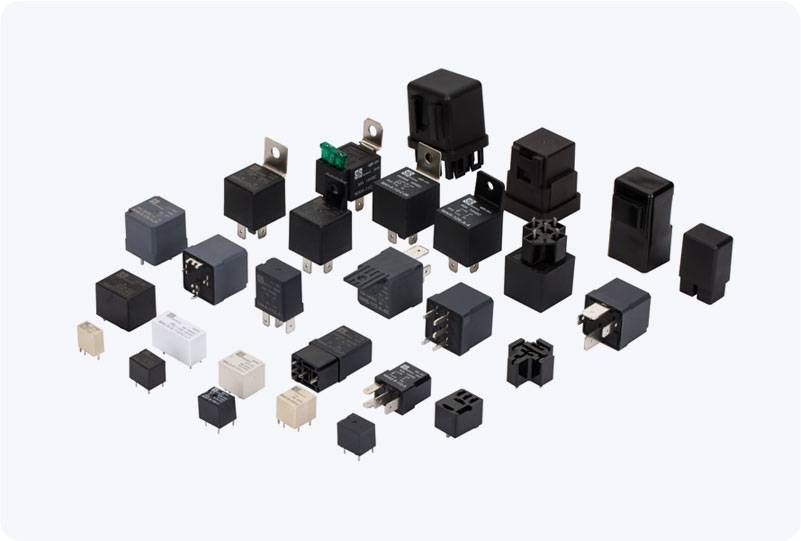In today’s rapidly advancing technological world, the need for wireless control and automation is greater than ever before. One such device that plays a crucial role in facilitating these systems is the Remote Control Relay. This small yet powerful component acts as the bridge between remote commands and physical actions, allowing users to control electronic devices or systems from a distance. In this article, we will explore the working principle, applications, and benefits of Remote Control Relays, highlighting how they are transforming industries and daily life.

What is a Remote Control Relay? A Remote Control Relay is an electronic switch that can be operated from a distance via wireless signals, such as radio frequencies, infrared signals, or even Bluetooth. It consists of two main parts: the transmitter and the relay switch. The transmitter sends a signal, which is received by the relay. The relay then activates or deactivates a connected device, such as a motor, light, or any other electrical appliance. The heart of a Remote Control Relay lies in its ability to convert signals from the transmitter into electrical actions. When you press a button on a remote control device, it sends a coded signal to the relay, which then activates or deactivates the electrical circuit. This mechanism is crucial in providing a seamless and efficient control interface between users and their devices.